
Rembrandt van Rijn Painting Reproductions 7 of 13
1606-1669
Dutch Baroque Painter
296 Rembrandt Paintings

Pilate Washing His Hands n.d.
Oil Painting
$1937
$1937
Canvas Print
$62.49
$62.49
SKU: REM-8980
van Rijn Rembrandt
Original Size: 130.2 x 167 cm
Metropolitan Museum of Art, New York, USA
van Rijn Rembrandt
Original Size: 130.2 x 167 cm
Metropolitan Museum of Art, New York, USA
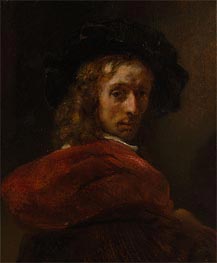
Man in a Red Cloak n.d.
Oil Painting
$1208
$1208
Canvas Print
$61.75
$61.75
SKU: REM-8981
van Rijn Rembrandt
Original Size: 38.4 x 31.1 cm
Metropolitan Museum of Art, New York, USA
van Rijn Rembrandt
Original Size: 38.4 x 31.1 cm
Metropolitan Museum of Art, New York, USA
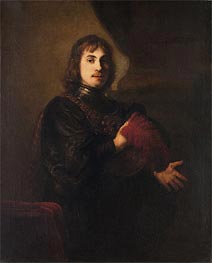
Portrait of a Man with a Breastplate and Plumed Hat n.d.
Oil Painting
$1688
$1688
Canvas Print
$61.75
$61.75
SKU: REM-8982
van Rijn Rembrandt
Original Size: 121.3 x 98.4 cm
Metropolitan Museum of Art, New York, USA
van Rijn Rembrandt
Original Size: 121.3 x 98.4 cm
Metropolitan Museum of Art, New York, USA

Man in a Beret n.d.
Oil Painting
$1144
$1144
Canvas Print
$66.90
$66.90
SKU: REM-8983
van Rijn Rembrandt
Original Size: 75.9 x 62.9 cm
Metropolitan Museum of Art, New York, USA
van Rijn Rembrandt
Original Size: 75.9 x 62.9 cm
Metropolitan Museum of Art, New York, USA
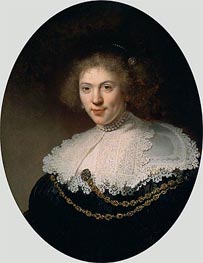
Portrait of a Woman Wearing a Gold Chain 1634
Oil Painting
$1985
$1985
Canvas Print
$71.64
$71.64
SKU: REM-8984
van Rijn Rembrandt
Original Size: 69.5 x 53 cm
Boston Museum of Fine Arts, Massachusetts, USA
van Rijn Rembrandt
Original Size: 69.5 x 53 cm
Boston Museum of Fine Arts, Massachusetts, USA
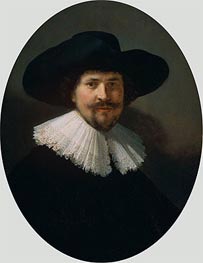
Portrait of a Man Wearing a Black Hat 1634
Oil Painting
$1659
$1659
SKU: REM-8985
van Rijn Rembrandt
Original Size: 69.9 x 53 cm
Boston Museum of Fine Arts, Massachusetts, USA
van Rijn Rembrandt
Original Size: 69.9 x 53 cm
Boston Museum of Fine Arts, Massachusetts, USA
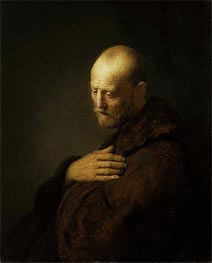
Old Man in Prayer n.d.
Oil Painting
$1370
$1370
SKU: REM-8986
van Rijn Rembrandt
Original Size: 75.3 x 59.7 cm
Boston Museum of Fine Arts, Massachusetts, USA
van Rijn Rembrandt
Original Size: 75.3 x 59.7 cm
Boston Museum of Fine Arts, Massachusetts, USA
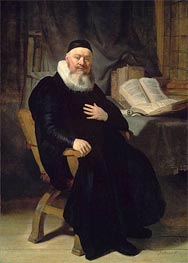
Reverend Johannes Elison 1634
Oil Painting
$2299
$2299
SKU: REM-8987
van Rijn Rembrandt
Original Size: 174 x 124.5 cm
Boston Museum of Fine Arts, Massachusetts, USA
van Rijn Rembrandt
Original Size: 174 x 124.5 cm
Boston Museum of Fine Arts, Massachusetts, USA
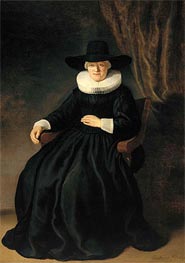
Mevr. Johannes Elison (Maria Bockenolle) 1634
Oil Painting
$2215
$2215
SKU: REM-8988
van Rijn Rembrandt
Original Size: 174.9 x 124.1 cm
Boston Museum of Fine Arts, Massachusetts, USA
van Rijn Rembrandt
Original Size: 174.9 x 124.1 cm
Boston Museum of Fine Arts, Massachusetts, USA
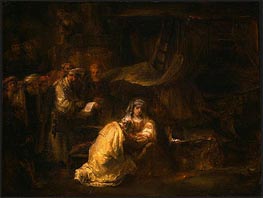
The Circumcision 1661
Oil Painting
$1795
$1795
Canvas Print
$70.10
$70.10
SKU: REM-8989
van Rijn Rembrandt
Original Size: 56.5 x 75 cm
National Gallery of Art, Washington, USA
van Rijn Rembrandt
Original Size: 56.5 x 75 cm
National Gallery of Art, Washington, USA

Lucretia 1664
Oil Painting
$1920
$1920
Canvas Print
$79.63
$79.63
SKU: REM-8990
van Rijn Rembrandt
Original Size: 120 x 101 cm
National Gallery of Art, Washington, USA
van Rijn Rembrandt
Original Size: 120 x 101 cm
National Gallery of Art, Washington, USA
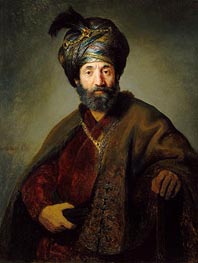
Man in Oriental Costume c.1635
Oil Painting
$1957
$1957
Canvas Print
$70.78
$70.78
SKU: REM-8991
van Rijn Rembrandt
Original Size: 98.5 x 74.5 cm
National Gallery of Art, Washington, USA
van Rijn Rembrandt
Original Size: 98.5 x 74.5 cm
National Gallery of Art, Washington, USA
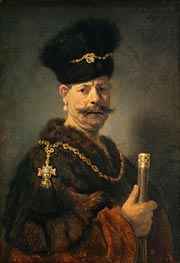
A Polish Nobleman 1637
Oil Painting
$1934
$1934
Canvas Print
$63.99
$63.99
SKU: REM-8992
van Rijn Rembrandt
Original Size: 96.8 x 66 cm
National Gallery of Art, Washington, USA
van Rijn Rembrandt
Original Size: 96.8 x 66 cm
National Gallery of Art, Washington, USA

A Young Man Seated at a Table (possibly Govaert Flinck) c.1660
Oil Painting
$1286
$1286
Canvas Print
$75.72
$75.72
SKU: REM-8993
van Rijn Rembrandt
Original Size: 109.9 x 89.5 cm
National Gallery of Art, Washington, USA
van Rijn Rembrandt
Original Size: 109.9 x 89.5 cm
National Gallery of Art, Washington, USA
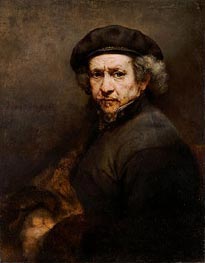
Self-Portrait 1659
Oil Painting
$1518
$1518
Canvas Print
$72.14
$72.14
SKU: REM-8994
van Rijn Rembrandt
Original Size: 84.5 x 66 cm
National Gallery of Art, Washington, USA
van Rijn Rembrandt
Original Size: 84.5 x 66 cm
National Gallery of Art, Washington, USA
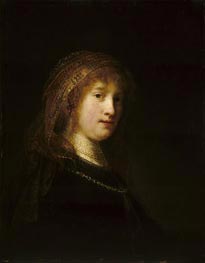
Saskia van Uylenburgh c.1634/35
Oil Painting
$1336
$1336
Canvas Print
$72.66
$72.66
SKU: REM-8995
van Rijn Rembrandt
Original Size: 60.5 x 49 cm
National Gallery of Art, Washington, USA
van Rijn Rembrandt
Original Size: 60.5 x 49 cm
National Gallery of Art, Washington, USA

Portrait of a Lady with an Ostrich-Feather Fan c.1658/60
Oil Painting
$1512
$1512
Canvas Print
$77.09
$77.09
SKU: REM-8996
van Rijn Rembrandt
Original Size: 99.5 x 83 cm
National Gallery of Art, Washington, USA
van Rijn Rembrandt
Original Size: 99.5 x 83 cm
National Gallery of Art, Washington, USA
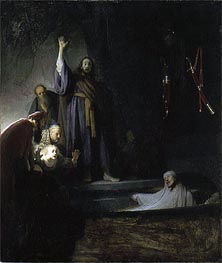
The Raising of Lazarus c.1630
Oil Painting
$1279
$1279
Canvas Print
$78.45
$78.45
SKU: REM-8997
van Rijn Rembrandt
Original Size: 96.3 x 81.3 cm
Los Angeles County Museum of Art, California, USA
van Rijn Rembrandt
Original Size: 96.3 x 81.3 cm
Los Angeles County Museum of Art, California, USA
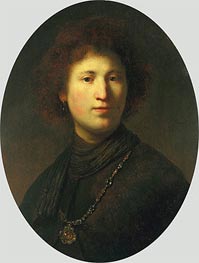
Portrait of a Man 1632
Oil Painting
$1264
$1264
Canvas Print
$71.12
$71.12
SKU: REM-8998
van Rijn Rembrandt
Original Size: 57.8 x 43.8 cm
Cleveland Museum of Art, Ohio, USA
van Rijn Rembrandt
Original Size: 57.8 x 43.8 cm
Cleveland Museum of Art, Ohio, USA

Portrait of a Young Artist c.1647
Oil Painting
$1214
$1214
Canvas Print
$82.70
$82.70
SKU: REM-8999
van Rijn Rembrandt
Original Size: 99.4 x 89 cm
Frick Collection, New York, USA
van Rijn Rembrandt
Original Size: 99.4 x 89 cm
Frick Collection, New York, USA
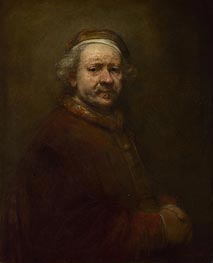
Self Portrait at the Age of 63 1669
Oil Painting
$1529
$1529
Canvas Print
$93.04
$93.04
SKU: REM-9000
van Rijn Rembrandt
Original Size: 86 x 70.5 cm
National Gallery, London, UK
van Rijn Rembrandt
Original Size: 86 x 70.5 cm
National Gallery, London, UK
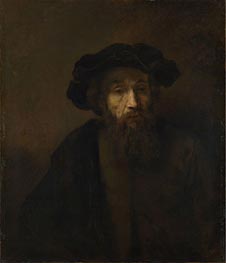
A Bearded Man in a Cap c.1655/60
Oil Painting
$1220
$1220
Canvas Print
$98.88
$98.88
SKU: REM-9001
van Rijn Rembrandt
Original Size: 78 x 66.7 cm
National Gallery, London, UK
van Rijn Rembrandt
Original Size: 78 x 66.7 cm
National Gallery, London, UK
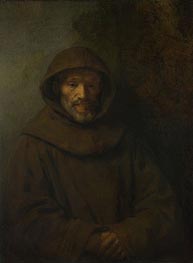
A Franciscan Friar a.1655
Oil Painting
$1302
$1302
Canvas Print
$84.35
$84.35
SKU: REM-9002
van Rijn Rembrandt
Original Size: 89 x 66.5 cm
National Gallery, London, UK
van Rijn Rembrandt
Original Size: 89 x 66.5 cm
National Gallery, London, UK
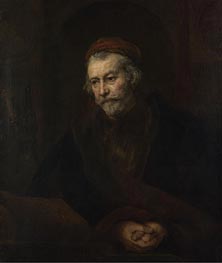
An Elderly Man as Saint Paul c.1659
Oil Painting
$1307
$1307
Canvas Print
$97.20
$97.20
SKU: REM-9003
van Rijn Rembrandt
Original Size: 102 x 85.5 cm
National Gallery, London, UK
van Rijn Rembrandt
Original Size: 102 x 85.5 cm
National Gallery, London, UK